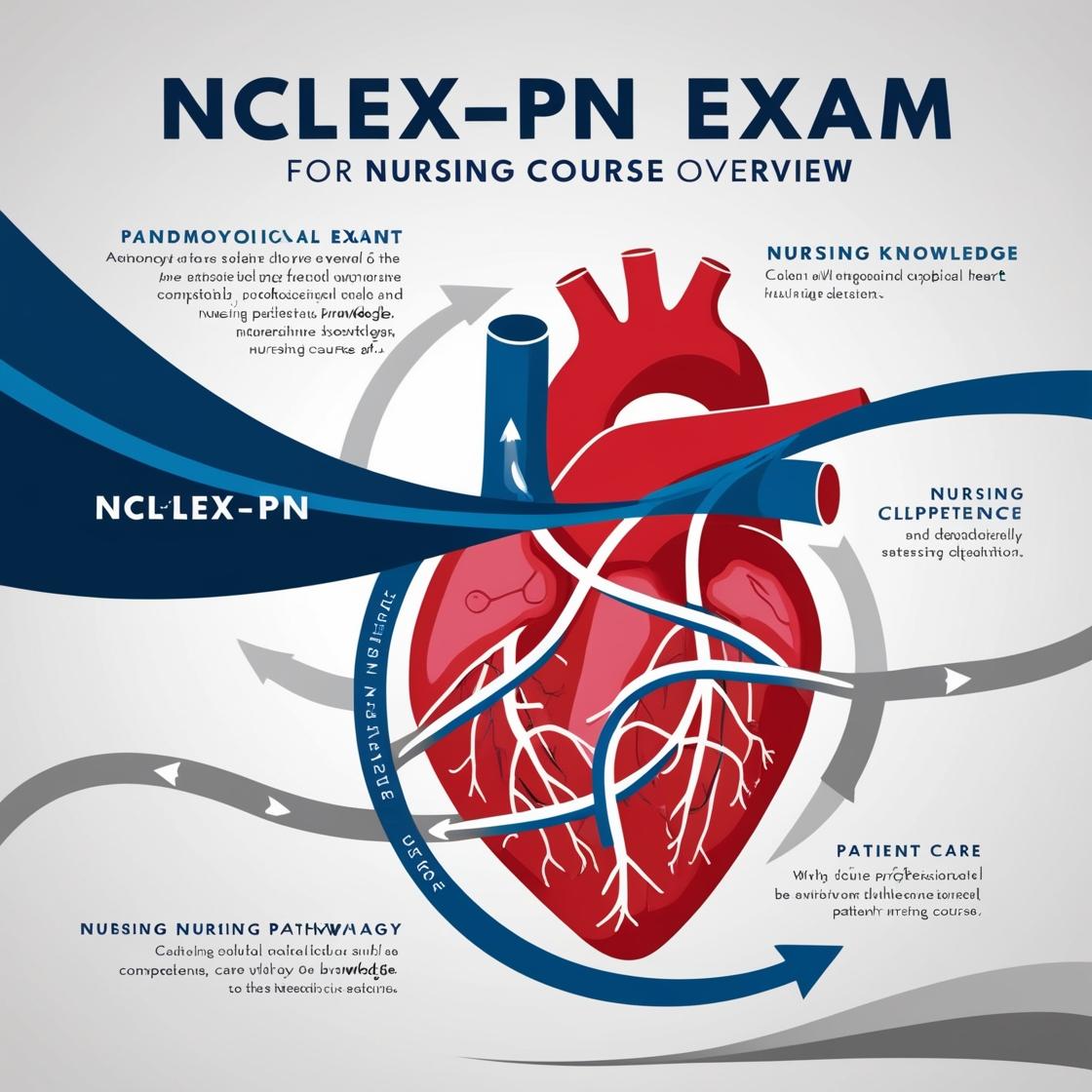NCLEX-PN
NCLEX PN Test Bank
1. A nurse who recently learned she is pregnant has just received client assignments for the day. Which client assignment should the nurse question as being inappropriate?
- A. A client with metastatic cancer who is receiving a continuous infusion of intravenous morphine sulfate
- B. A client with a solid-sealed cervical radiation implant
- C. A client with diarrhea for whom enteric precautions are in effect
- D. A client for whom contact precautions have been implemented and who requires frequent wound irrigations
Correct answer: B
Rationale: The correct answer is a client with a solid-sealed cervical radiation implant. Brachytherapy involves the implantation of a sealed radiation source within the targeted tumor tissue. A client with such an implant emits radiation as long as it is in place. Pregnant nurses should not care for clients with solid-sealed radiation implants due to the potential radiation exposure risk to the fetus. Clients under enteric precautions due to diarrhea, receiving a continuous infusion of intravenous morphine sulfate for cancer pain, or requiring contact precautions and frequent wound irrigations do not pose a risk to pregnant nurses and are appropriate assignments for them. Therefore, the nurse should question the assignment involving the client with the solid-sealed cervical radiation implant as it poses a risk to the fetus.
2. Why would a nurse employed at a hospital be asked by a nurse manager to review the organizational chart?
- A. To be aware of the geographic area that the organization serves
- B. To be familiar with the organization's line of authority
- C. To understand the organization's reason for existence
- D. To be familiar with the beliefs and values of the organization
Correct answer: B
Rationale: The correct answer is 'To be familiar with the organization's line of authority.' Organizational charts provide a visual representation of the chain of command, reporting relationships, and structure within an organization. This helps employees understand who they report to, who reports to them, and the overall hierarchy. Choice A is incorrect because understanding the geographic area served is more about the organization's scope, not depicted in an organizational chart. Choice C is incorrect as it relates to the organization's reason for existence, usually found in its mission statement. Choice D is incorrect as beliefs and values are linked to the organization's culture, not typically shown in an organizational chart.
3. A nurse is preparing for the admission of a client with pulmonary tuberculosis. Which action reflects the use of evidence-based practice in the care of the client?
- A. Keeping the door to the client's room closed
- B. Fitting the client for an N95 or HEPA (high-efficiency particulate air) mask to be worn at all times
- C. Placing the client in a semiprivate room with a cohort client
- D. Using a surgical mask when entering the client's room
Correct answer: A
Rationale: Evidence-based practice is an approach to client care that integrates the client's preferences, clinical expertise, and the best research evidence to deliver quality care. In the case of pulmonary tuberculosis, which is transmitted through the airborne route, keeping the door to the client's room closed is crucial to prevent the spread of infection. Placing the client in a semiprivate room with a cohort client is not recommended for airborne precautions; a private room is required to prevent transmission. Fitting the client for an N95 or HEPA mask is essential for the nurse's protection when entering the room, not for the client to wear at all times. Using a surgical mask when entering the client's room is not sufficient for airborne precautions; an N95 or HEPA mask is necessary.
4. In a disaster situation, the nurse assessing a diabetic client on insulin assesses for all of the following except:
- A. diabetic signs and symptoms.
- B. nutritional status.
- C. bleeding problems.
- D. availability of insulin.
Correct answer: C
Rationale: In a disaster situation, when assessing a diabetic client on insulin, the nurse should assess for diabetic signs and symptoms to monitor the client's condition, nutritional status to ensure proper dietary management, and availability of insulin to maintain the client's medication regimen. Bleeding problems are not directly related to diabetes or insulin use, making it the exception in this assessment scenario. Therefore, bleeding problems would not be a typical focus of assessment in this context.
5. A licensed practical nurse tells the certified nursing assistant (CNA) staff that they will need to comply with the mandatory overtime policy that the long-term care facility has implemented. Later that day, the nurse overhears a CNA complaining about the policy and telling other CNAs that she will not work the overtime if she has made other plans after her regular shift. What is the best approach for the nurse to use in dealing with the conflict?
- A. Providing a positive reward system for the CNA to encourage working the mandatory overtime
- B. Ignoring the complaints
- C. Avoiding assigning the CNA mandatory overtime
- D. Meeting with the CNA regarding her behavior concerning the overtime policy
Correct answer: D
Rationale: In this situation, the best approach for the nurse is to meet with the CNA regarding her behavior concerning the overtime policy. Initiating a discussion is crucial to address resistance by a staff member. A face-to-face meeting allows for the verbalization of feelings, identification of problems, and the opportunity to develop strategies to solve the issue. Ignoring the complaints and avoiding assigning mandatory overtime do not tackle the root of the problem. Providing a positive reward system might offer a temporary fix but does not directly address the resistance and conflict.
Similar Questions

Access More Features
NCLEX PN Basic
$69.99/ 30 days
- 5,000 Questions with answers
- Comprehensive NCLEX coverage
- 30 days access @ $69.99
NCLEX PN Premium
$149.99/ 90 days
- 5,000 Questions with answers
- Comprehensive NCLEX coverage
- 30 days access @ $149.99
